Last updated on
Discover the key differences between wall sconces and recessed lighting. Delve into their unique advantages for accent lighting in your home.
Are you looking to add some extra charm and character to your home? Accent lighting is the perfect way to create a warm and inviting atmosphere. But with so many options out there, it can be tough to decide which type of lighting will work best for your space.
Two popular choices are wall sconces and recessed lighting. Both have their own unique benefits, but which one is right for you?
In this article, we’ll explore the differences between wall sconces and recessed lighting for accent lighting, helping you make an informed decision that will transform your home into a cozy haven.
Key takeaways:
- Wall sconces are easy to install and versatile in design.
- Wall sconces may not always provide enough illumination and require professional installation in some cases.
- Recessed lighting is sleek and energy-efficient but may require professional installation.
- Wall sconces are decorative and provide softer light, while recessed lighting offers focused illumination.
- Wall sconces are generally less expensive, while recessed lighting requires more extensive installation.
What's Inside
Introduction to Accent Lighting
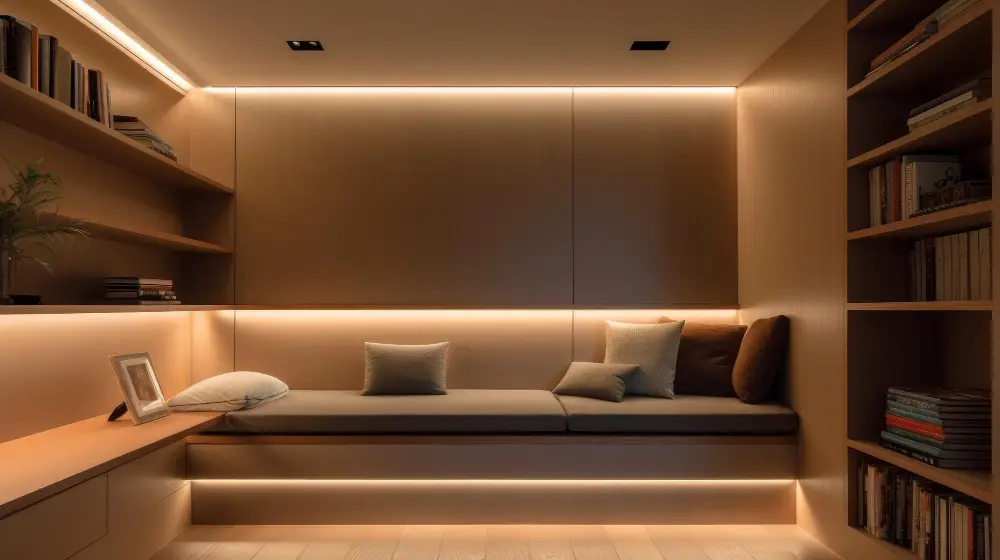
Accent lighting is a type of lighting that highlights specific areas or objects in your home, creating a warm and inviting atmosphere. It’s an essential element of interior design that can transform any space into a cozy haven.
Accent lighting can be used to highlight artwork, architectural features, or even plants and flowers.
Wall sconces and recessed lighting are two popular choices for accent lighting because they provide focused illumination while adding style to your decor. However, before you decide which one is right for you, it’s important to understand the differences between them.
Wall Sconces: Pros and Cons
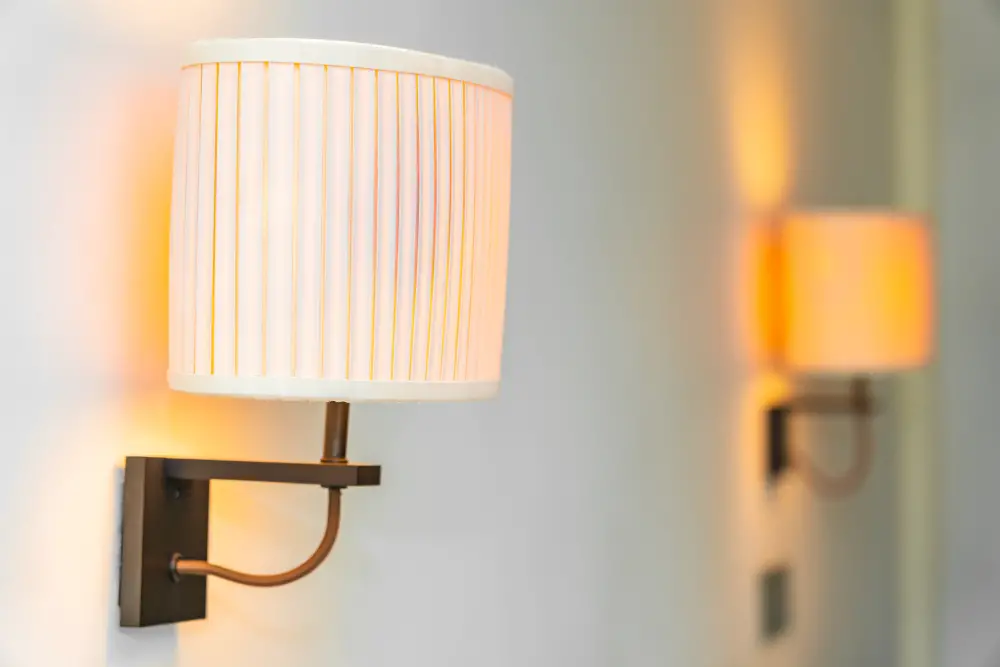
They come in a variety of styles, from traditional to modern, and can be used to create an inviting ambiance or highlight specific features of your home’s decor. One advantage of wall sconces is that they are easy to install and can be placed almost anywhere on the wall.
This makes them ideal for adding extra light around mirrors or artwork.
Another benefit of wall sconces is their versatility when it comes to design options. You can choose from a wide range of materials such as metal, glass, wood or fabric shades which allows you the flexibility needed when trying out different interior design themes.
However, there are also some cons associated with using wall sconces as accent lighting in your home. For instance:
- Wall Sconce placement may not always provide enough illumination.
- Some designs may require professional installation.
- The cost could vary depending on style and quality.
Recessed Lighting: Pros and Cons
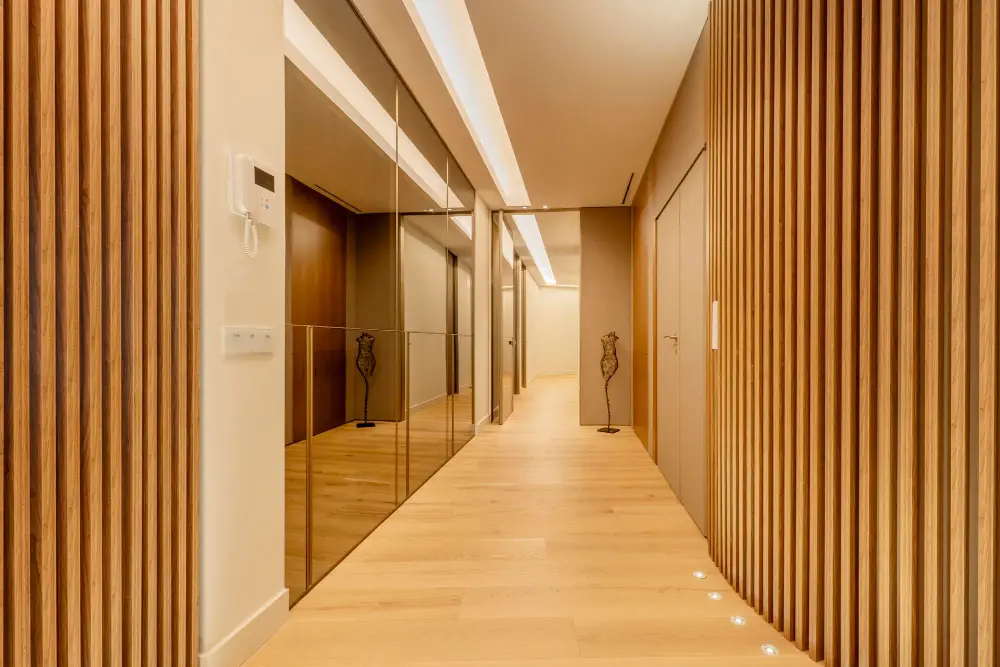
These lights are installed directly into the ceiling, creating a sleek and streamlined look that complements any decor style. One of the biggest advantages of recessed lighting is its versatility – it can be used to highlight artwork, create mood lighting or provide general illumination throughout your space.
Another benefit of recessed lighting is its energy efficiency. LED bulbs are commonly used in these fixtures, which consume less electricity than traditional incandescent bulbs while providing bright and long-lasting light.
However, there are some downsides to consider when choosing recessed lights for your home’s accent needs. Installation can be more complicated than other types of fixtures since they require cutting holes into the ceiling and running electrical wiring through them.
This may require professional installation if you’re not comfortable with DIY projects.
Once installed it can be difficult to adjust or move these lights without significant effort as compared to wall sconces which offer greater flexibility in terms of placement adjustments over time.
Comparing Aesthetics
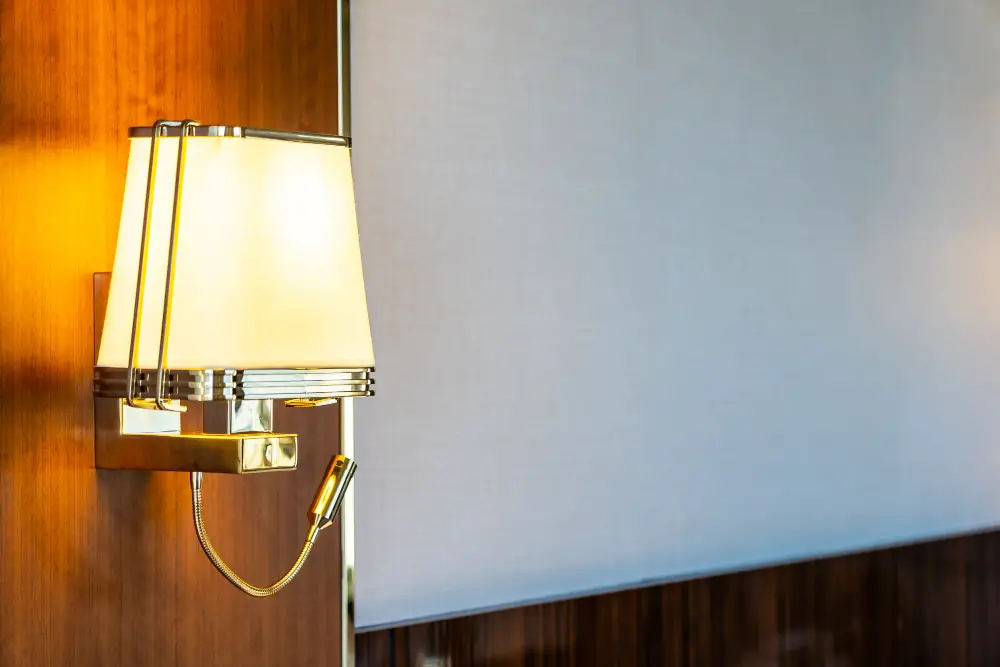
Wall sconces and recessed lighting have distinct visual characteristics that can impact the overall look of your space.
Wall sconces are often seen as decorative pieces themselves, adding an extra layer of style to any room. They come in various shapes and sizes, from traditional candle-style fixtures to modern geometric designs.
The light emitted by wall sconces is usually softer than recessed lights since they direct light upwards or downwards rather than straight ahead.
On the other hand, recessed lighting is designed to blend seamlessly into ceilings or walls without drawing attention away from other design elements in a room.
Recessed lights provide more focused illumination compared with wall sconces since they emit light directly downwards onto specific areas such as artwork or furniture.
Installation Differences

Wall sconces are typically mounted on the surface of a wall, while recessed lighting is installed into the ceiling or walls themselves. This means that installing wall sconces is generally easier and less invasive than installing recessed lighting.
Wall sconces can be easily attached to any flat surface with screws or brackets, making them a great option for renters who don’t want to make permanent changes to their space. On the other hand, installing recessed lights requires cutting holes in your ceiling or walls which may require professional help.
It’s also important to consider how much space you have available when deciding between these two types of accent lighting. Wall sconces take up more visual space on your walls but do not protrude as far from them as most fixtures used for general illumination would do.
Whereas, recessed lights are flush with ceilings/walls so they won’t interfere with furniture placement but need enough clearance above them for proper installation.
Energy Efficiency Comparison
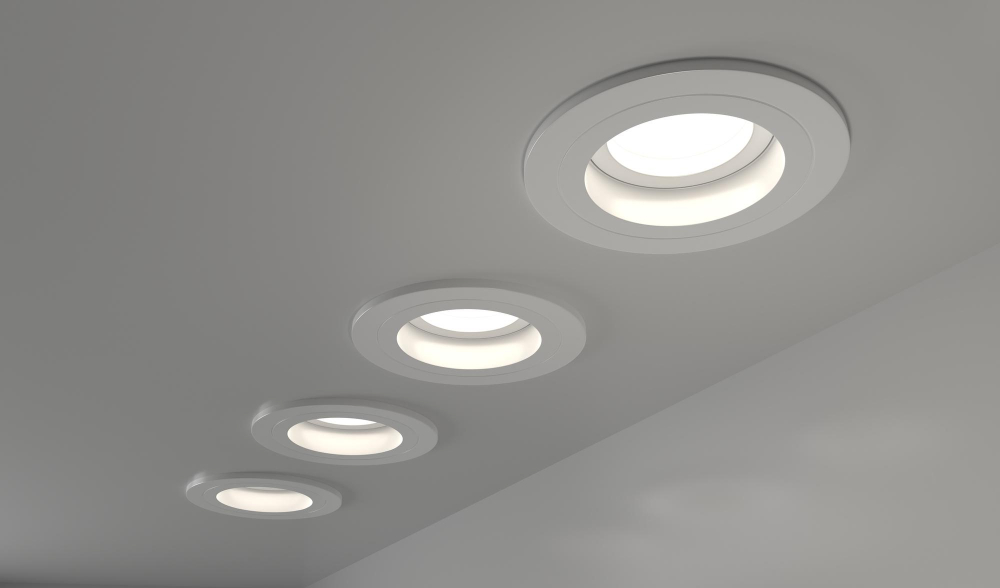
Wall sconces typically use bulbs that are visible and exposed, which can lead to more heat loss than recessed lighting. Recessed lights are designed with airtight seals that prevent air from escaping through the fixture.
In terms of energy consumption, both types of fixtures have LED options available that offer significant savings on your electricity bill compared to traditional incandescent bulbs. However, when comparing the two types directly in terms of energy usage per fixture or bulb wattage output versus lumens produced (brightness), there isn’t necessarily a clear winner.
Ultimately, the decision between wall sconces and recessed lighting will depend on your specific needs and preferences for accent lighting in your home.
Cost Analysis

Wall sconces and recessed lighting can vary greatly in price depending on the style, material, and installation requirements. Generally speaking, wall sconces tend to be less expensive than recessed lighting due to their simpler design and easier installation process.
Wall sconces are typically mounted directly onto the wall with minimal wiring required. This means that you won’t need an electrician for most installations unless you’re adding new electrical outlets or switches.
Recessed lighting requires more extensive wiring work as they are installed into the ceiling itself. This often involves cutting holes in your ceiling which can add extra costs if repairs or repainting is needed after installation.
In terms of ongoing costs such as energy usage, both types of accent lighting have options for energy-efficient bulbs that will help keep your electricity bill down over time.
Versatility in Design Options
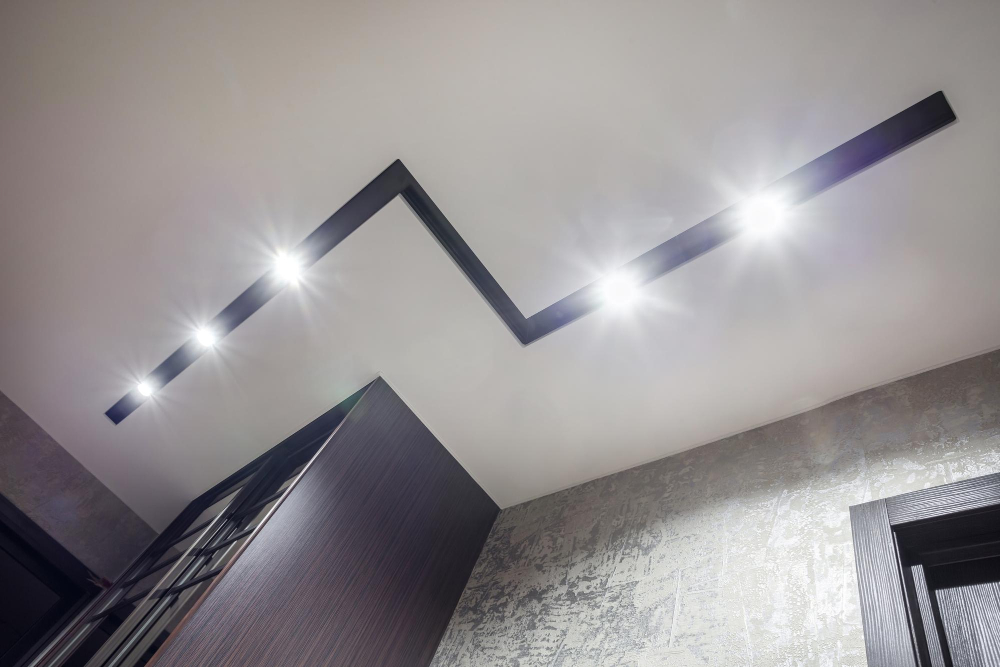
Wall sconces and recessed lighting both offer a wide range of styles that can complement any home decor. However, wall sconces tend to be more decorative and come in various shapes, sizes, colors, and materials such as glass or metal.
They can add an extra layer of texture to your walls while providing the necessary illumination.
On the other hand, recessed lights have a sleeker look that blends seamlessly into ceilings without drawing attention away from other design elements in your room. They also come with different trim options like baffle or reflector trims which allow you to control light distribution.
Ultimately when choosing between wall sconces vs recessed lighting for accenting purposes consider what style would best suit your space’s aesthetic needs while still providing adequate illumination for practical use cases such as reading or working on projects at night-time hours.




